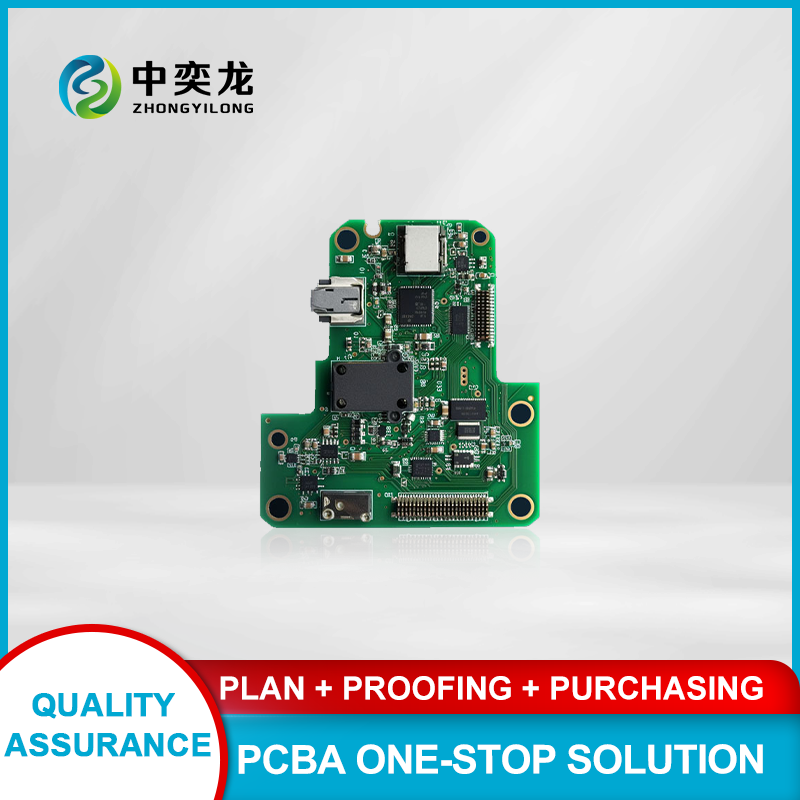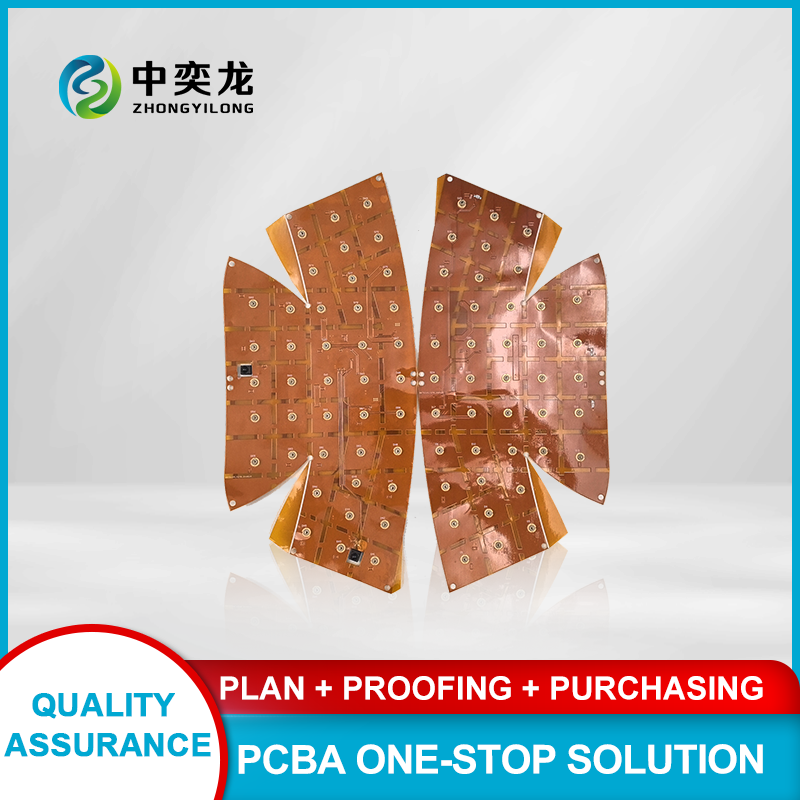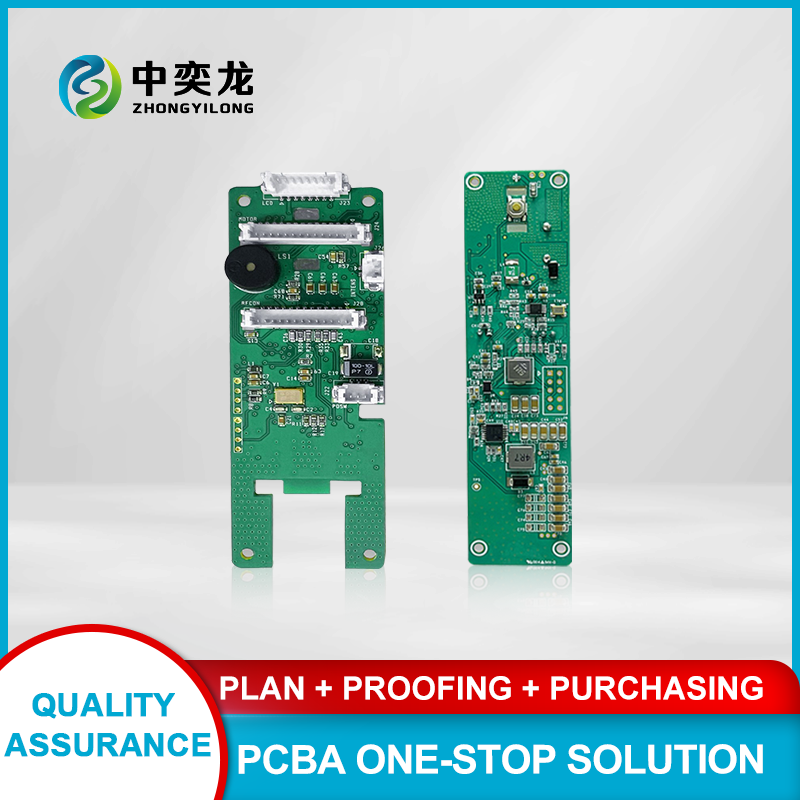
Exploring Smartware Design in PCB Assembly: Innovations and Best Practices
2025-07-10
Smartware design represents a transformative approach in the electronic components industry, particularly in the domain of Printed Circuit Board Assembly (PCBA). As technological advancements continue to reshape the landscape of electronic manufacturing, understanding the principles of smartware design becomes crucial for professionals aiming to stay competitive.
At its core, smartware design integrates intelligent, data-driven methodologies into the design and production processes of electronic devices. This approach leverages sophisticated algorithms, advanced simulation tools, and real-time feedback mechanisms to optimize the design workflow. For PCB designers and engineers, this means the ability to create more efficient layouts, reduce errors, and enhance the overall performance of circuit boards.
One of the significant advantages of smartware design is its emphasis on automation and smart technology. By incorporating automation into the PCBA process, manufacturers can achieve higher levels of precision and consistency. Automated design tools can analyze various parameters, such as thermal management and signal integrity, to provide recommendations that help in making informed design decisions. This not only saves time but also minimizes the risk of defects during production.
Furthermore, the implementation of smartware design allows for the creation of smart devices that can communicate and adapt to their environment. This is particularly relevant in the era of the Internet of Things (IoT), where interconnected devices rely on robust and efficient circuit boards. Smartware design facilitates the integration of sensors and communication technologies directly into the PCB, enabling devices to gather and transmit data seamlessly.
Collaboration is another essential aspect of smartware design. By fostering a culture of collaboration among cross-functional teams—such as design engineers, software developers, and quality assurance specialists—organizations can enhance their innovative capabilities. This cooperative approach ensures that all aspects of the product development cycle are considered, leading to a more comprehensive and effective design solution.
Moreover, as sustainability becomes increasingly important in manufacturing, smartware design can contribute to eco-friendly practices. By optimizing materials and processes, manufacturers can reduce waste and energy consumption, aligning their operations with global sustainability goals.
In conclusion, embracing smartware design in the PCBA process not only signifies a step toward innovation but also enhances efficiency and reliability in electronic manufacturing. By adopting intelligent design practices, professionals in the electronic components industry can navigate the complexities of modern production while delivering high-quality products that meet evolving market demands. As the industry continues to evolve, staying informed and adaptable with smartware design principles will undoubtedly be a key driver of success.
At its core, smartware design integrates intelligent, data-driven methodologies into the design and production processes of electronic devices. This approach leverages sophisticated algorithms, advanced simulation tools, and real-time feedback mechanisms to optimize the design workflow. For PCB designers and engineers, this means the ability to create more efficient layouts, reduce errors, and enhance the overall performance of circuit boards.
One of the significant advantages of smartware design is its emphasis on automation and smart technology. By incorporating automation into the PCBA process, manufacturers can achieve higher levels of precision and consistency. Automated design tools can analyze various parameters, such as thermal management and signal integrity, to provide recommendations that help in making informed design decisions. This not only saves time but also minimizes the risk of defects during production.
Furthermore, the implementation of smartware design allows for the creation of smart devices that can communicate and adapt to their environment. This is particularly relevant in the era of the Internet of Things (IoT), where interconnected devices rely on robust and efficient circuit boards. Smartware design facilitates the integration of sensors and communication technologies directly into the PCB, enabling devices to gather and transmit data seamlessly.
Collaboration is another essential aspect of smartware design. By fostering a culture of collaboration among cross-functional teams—such as design engineers, software developers, and quality assurance specialists—organizations can enhance their innovative capabilities. This cooperative approach ensures that all aspects of the product development cycle are considered, leading to a more comprehensive and effective design solution.
Moreover, as sustainability becomes increasingly important in manufacturing, smartware design can contribute to eco-friendly practices. By optimizing materials and processes, manufacturers can reduce waste and energy consumption, aligning their operations with global sustainability goals.
In conclusion, embracing smartware design in the PCBA process not only signifies a step toward innovation but also enhances efficiency and reliability in electronic manufacturing. By adopting intelligent design practices, professionals in the electronic components industry can navigate the complexities of modern production while delivering high-quality products that meet evolving market demands. As the industry continues to evolve, staying informed and adaptable with smartware design principles will undoubtedly be a key driver of success.
Related News













 WhatsApp
WhatsApp
 E-mail
E-mail